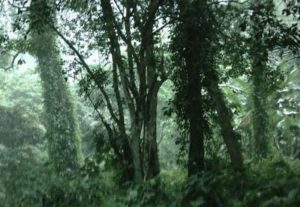
Forestry Management
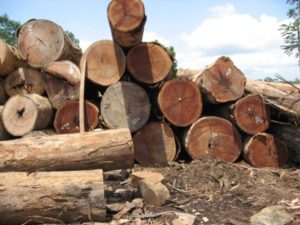
Whether by poor management in the past or lack of long term planning, some species will still become over harvested. It is these issues that make the news most often and can produce shortages and environmental concerns. This is where specific regulation like CITES comes into play.
What is CITES and How Does It Work?
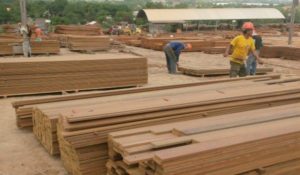
Appendix I contains species threatened with extinction and trade is legally near impossible with these. Trade in these species is not allowed for commercial uses but rather scientific purposes.
Appendix II contains species that are not threatened but close watch over the trade is required to ensure they do not become endangered. This is based upon availability and market demand.
Appendix III contains species which are protected in a specific country. That country has asked for CITES help to regulate the trade worldwide.
Essentially the mills and export companies are required to document their process from harvest to port. Each country has a specific CITES department that gathers findings reports and then provides those to the international CITES headquarters in Geneva. These “non detriment” reports outline how the species is being cared for and ensures that it meets with CITES regulation. The trail of documents is this presented upon export and is visible to all in the supply chain. Should CITES determine that the trade for that species could pose a threat to it’s sustainability, export quotas could be reduced or set to zero.
How Do I Know My Lumber is Legally Harvested?
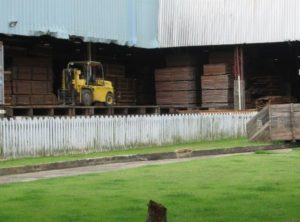
YOU Could be Held Liable for Improper Harvesting Practices
As the importer of record we owe it to our customers to ensure sustainable forestry practices because the reality is that everyone is liable for the products in the supply chain. Next week we will talk about the Lacey Act and how it regulates the lumber once it hits the US and holds everyone from importer to dealer to contractor accountable for knowing where the lumber comes from.




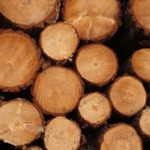




Leave a Reply